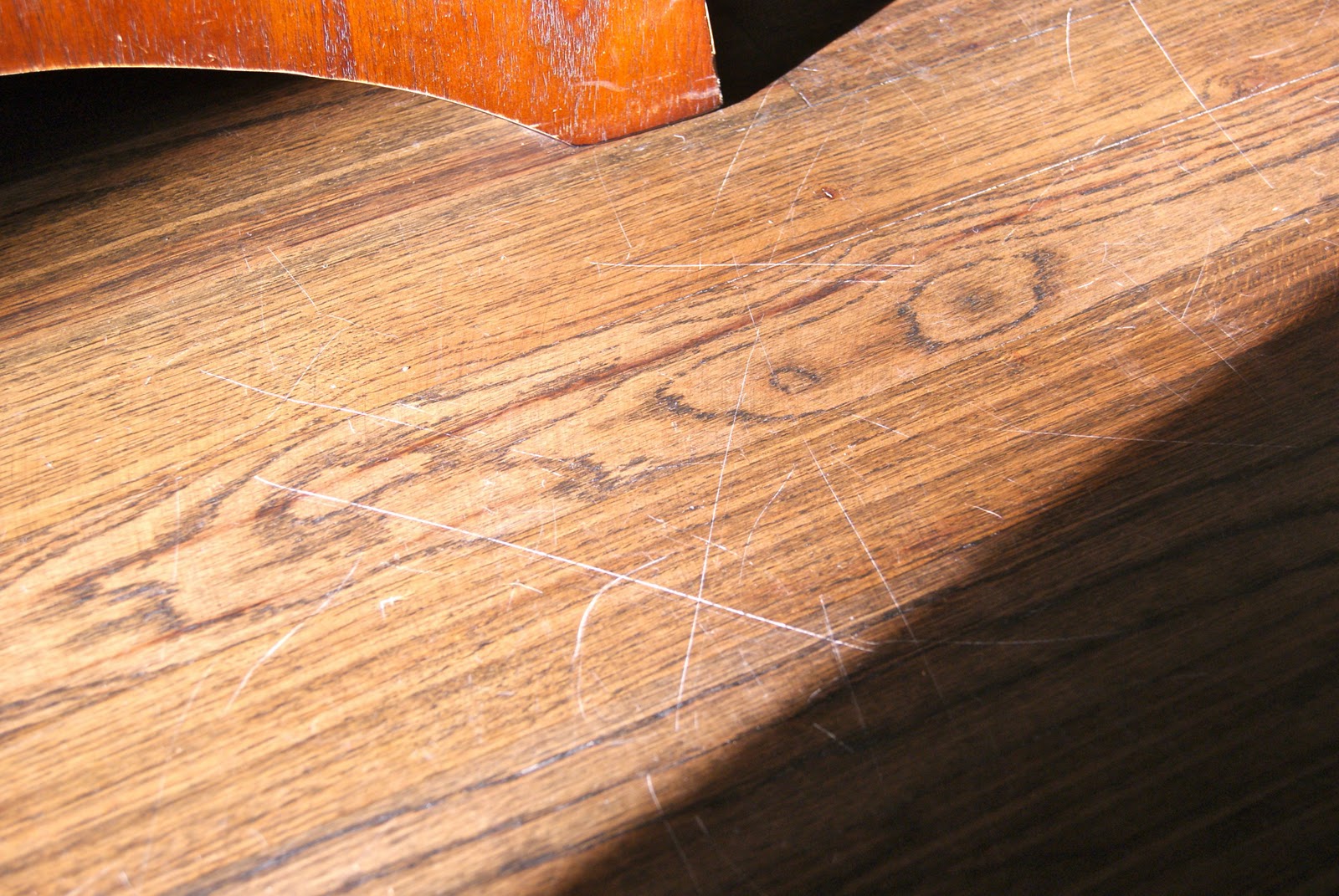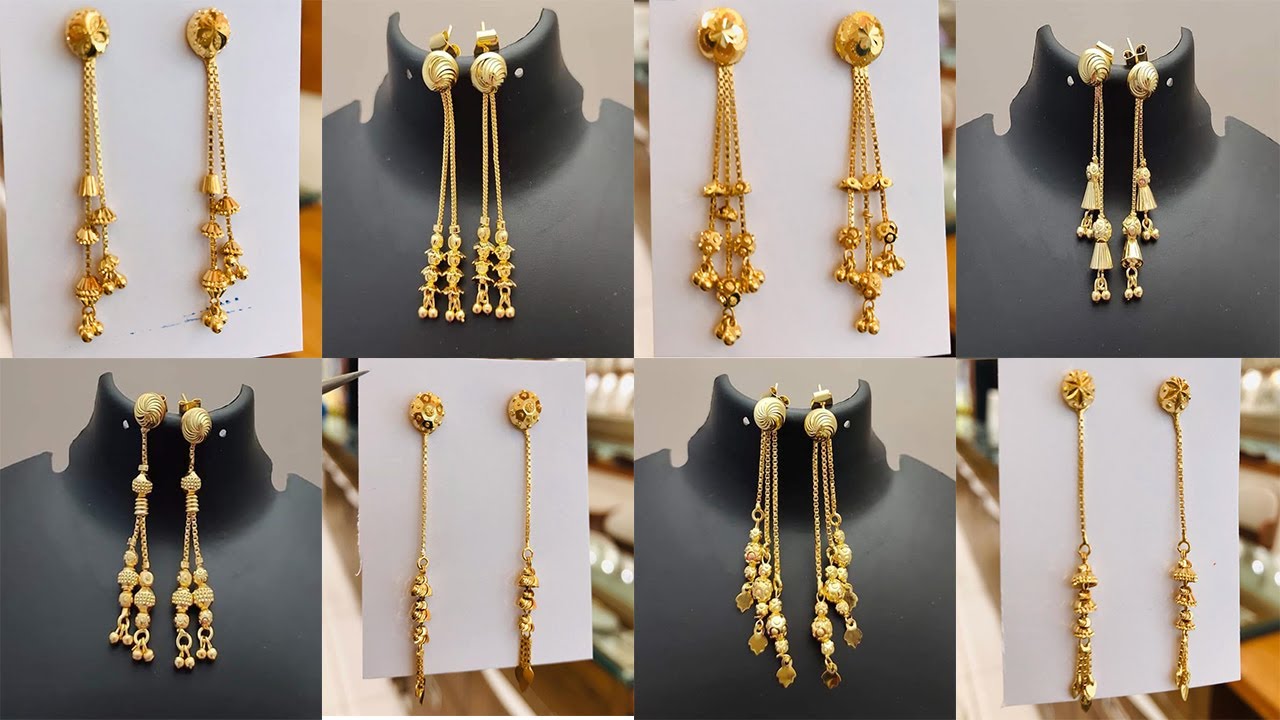If you have a new flooring and it gets scratches, this can certainly make you feel terrible. These issues usually happen due to furniture scratches and other damages. You won’t believe it, but when the most durable flooring material can get scratches.
So what to do in this regard? Well, if you want to protect your floor and keep it in great condition, this article is for you. In this blog post, we are going to understand different types of various strategies and products to protect your floors and keep them in ideal condition. Let’s get started!
Top Tips To Consider
1. Use Furniture Pads:
Furniture pads, also known as felt pads or floor protectors, are adhesive-backed pads that can be easily applied to the bottom of furniture legs. These pads create a cushioning barrier between the floor, reducing the risk of furniture scratches and dents caused by movement or weight. Choose high-quality felt or rubber pads, and make sure to replace them periodically to maintain their effectiveness.
2. Lift, Don’t Drag:
When moving furniture across the floor, always lift it instead of dragging it. Dragging heavy furniture can cause friction and abrasion, leading to scratches and damage to the flooring surface. Enlist the help of friends or family members to lift and carry furniture, or invest in furniture sliders or gliders to make moving heavy items easier and safer.
3. Use Area Rugs and Mats:
Placing area rugs or mats underneath heavy furniture pieces provides an additional layer of protection for your floors. Choose rugs or mats with non-skid backing to prevent them from sliding out of place. Not only do area rugs and mats protect your floors from furniture scratches and dents, but they also add warmth, texture, and visual interest to your living spaces.
4. Install Furniture Casters:
For furniture pieces that are frequently moved, such as chairs and tables, consider installing furniture casters or wheels. Casters allow to glide smoothly across the floor without causing furniture scratches or damage. Opt for soft rubber or polyurethane casters designed specifically for use on hard flooring surfaces. Be sure to choose casters that are appropriate for the weight of the furniture and the type of flooring to avoid any issues with stability or damage.
5. Trim Pet Nails:
Pets bring joy to our homes, but their playful antics can inadvertently wreak havoc on our floors. Overgrown nails can scratch and gouge hardwood, laminate, and other flooring surfaces, particularly if your furry friends are energetic or frequently leap onto furniture. To mitigate this risk, make nail trimming a regular part of your pet care routine. By keeping your pet’s nails trimmed to an appropriate length, you reduce the likelihood of scratches and minimize damage to your floors. Additionally, strategically placing rugs or mats in areas where your pets spend a lot of time provides an extra layer of protection, absorbing impact and preventing scratches from occurring.
6. Avoid Excessive Sun Exposure:
While natural sunlight can brighten and enhance the ambiance of your home, prolonged exposure can take a toll on your floors, especially those made of hardwood, laminate, or vinyl. Over time, direct sunlight can cause fading, discoloration, and even warping of certain flooring materials. To safeguard your floors from sun damage, implement measures to control sunlight exposure. Utilize curtains, blinds, or UV-blocking window film to limit the amount of sunlight that enters your home, particularly during peak sunlight hours. Additionally, periodically rearranging furniture and area rugs can help distribute sunlight more evenly across your floors, preventing uneven fading and prolonging their lifespan.
7. Clean Spills Promptly:
Spills are an inevitable part of daily life, but their impact on your floors can be minimized with prompt and proper cleanup. Certain flooring materials, such as hardwood and laminate, are particularly susceptible to damage from moisture and spills. To prevent stains, warping, and other forms of damage, address spills promptly using a soft, absorbent cloth or paper towel. Avoid using harsh cleaning chemicals or abrasive tools, as these can strip away the protective finish of your floors and exacerbate damage. For stubborn stains, rely on manufacturer-recommended cleaning products or seek professional assistance to ensure thorough and effective removal without causing further harm.
8. Monitor Humidity Levels:
Fluctuations in humidity levels can wreak havoc on flooring materials, especially hardwood, which is prone to expansion and contraction in response to changes in moisture levels. To maintain optimal conditions for your floors, invest in a humidifier or dehumidifier to regulate indoor humidity levels, particularly during extreme weather conditions. By keeping humidity levels within the recommended range, you minimize the risk of gaps, warping, and other issues caused by excessive moisture or dryness. Additionally, exercise caution to prevent spills and water damage, as prolonged exposure to moisture can compromise the structural integrity of your floors over time.
Why Regular Maintenance of Floors Is Important?
Regular maintenance of your floors is not just about aesthetics; it’s about preserving their structural integrity and maximizing their lifespan. Without proper care and attention, floors can deteriorate prematurely, leading to costly repairs or even replacement. By implementing a routine maintenance schedule, you can prevent dirt, grime, and debris from accumulating on the surface of your floors, minimizing the risk of scratches, scuffs, and other forms of damage. Furthermore, proactive maintenance measures, such as regular cleaning, polishing, and refinishing, help protect the protective finish of your floors, enhancing their resistance to wear and tear. Ultimately, investing time and effort in floor maintenance pays off in the long run, ensuring that your floors remain beautiful, functional, and durable for years to come.
Additionally, regular cleaning with proper floor cleaning Los Angeles along with maintenance help to maintain the integrity of the flooring material, preventing issues such as warping, buckling, and discoloration. Proper maintenance also contributes to a healthier indoor environment by reducing the presence of allergens, bacteria, and other contaminants that can accumulate in dirty or neglected floors.
Ultimately, investing time and effort into regular floor maintenance pays off in the form of beautiful, well-preserved floors that enhance the overall look and feel of your home.
Conclusion
These were some of the most proactive measures that you can implement for the purpose of protecting your floors from various issues. No doubt if you take care of your floors properly, it can stay in great condition for a longer period of time.





